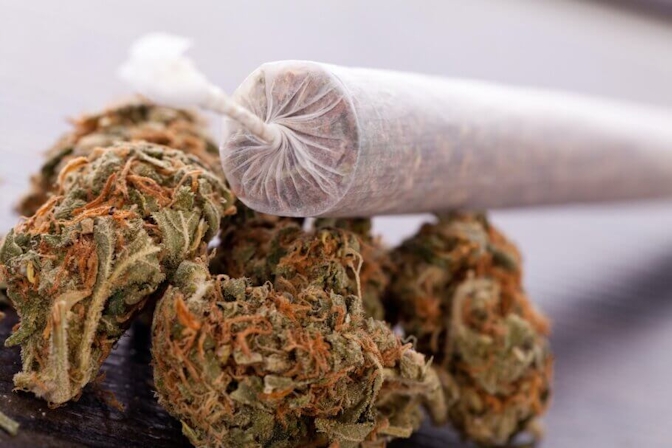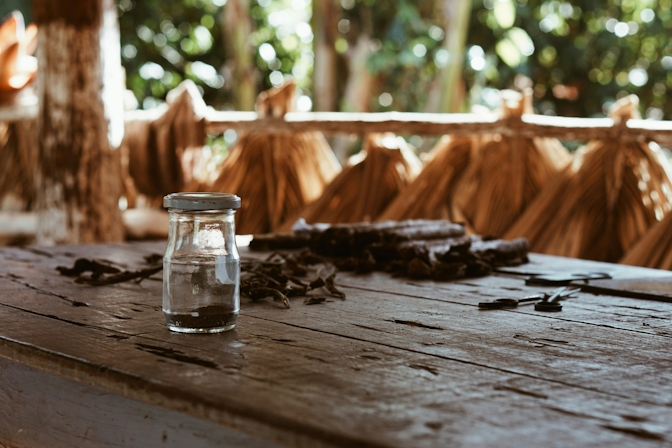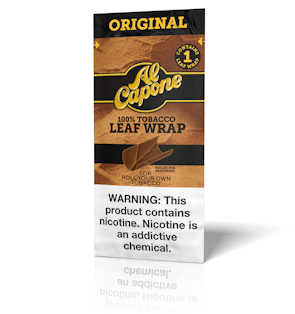
What Happens When You Mix Cannabis And Tobacco?
Mixing weed and tobacco: a risky but popular blend.
It’s very common for smokers of yesterday and today to mix cannabis with tobacco. One particular 2018 survey found that about 31% of Canadians and Americans mix the two substances.
Nicotine, a stimulant in tobacco, boosts alertness and heart rate. Cannabis, rich in compounds like THC and CBD, can create effects ranging from euphoria and relaxation to altered perceptions, depending on the strain and dosage.
But what exactly happens when these substances are combined, and why is it an attractive blend for some?
Let’s explore.
The Effects Of Mixing Tobacco And Weed

Cottonbro Studio / Pexels
When tobacco and cannabis are mixed, users may experience:
- Stronger, intensified high that lasts longer
- Increased heart rate, blood pressure and cardiovascular stress
- Increased feelings of calmness and pleasure
- Anxiety, paranoia
- Nausea, dizziness
- Greater risk of dependence of both tobacco and cannabis
- Potential for more significant withdrawal symptoms when stopping the use of the combination
Research from 2009 suggests that mixing tobacco with weed can increase the levels of THC in the smoke compared to using cannabis alone. This typically leads to a more intense psychoactive experience and stronger ‘high.’
Mixing tobacco with weed might also make you crave more cannabis — something researchers found in humans who smoked blunts filled with cannabis and tobacco. Participants in this study who smoked blunts every day for 30 days were up to four times more likely to show signs of cannabis dependence.
On the other hand, a preclinical study found that when mice had their cannabinoid receptors stimulated (the receptors that cannabinoids in the cannabis plant activate), male mice frequently administered nicotine to themselves, in contrast to the reduced intake observed in female mice.
This suggests that there could be sex-specific responses to combining these two commonly used substances.
Mixing Weed With Tobacco: Is It Safe?

No, mixing tobacco and cannabis is generally not considered safe and can pose several risks to your health.
Mixing these two substances increases your exposure to toxic substances, including carcinogens like carbon monoxide and tar.
Over time, this can lead to respiratory issues like bronchitis, lung inflammation, and respiratory infections. With regular co-use of tobacco and cannabis, you may also find yourself experiencing shortness of breath, where it is difficult to take in a full breath of air with ease, along with chest tightness.
Nicotine, Cannabis and Memory

Jennifer Chen / Unsplash
The hippocampus is an area in your brain essential for your memory, learning and emotional processing.
One study explored how combining cannabis and nicotine—a primary stimulant in tobacco—affects the size of adults’ hippocampus.
Groups in this study consisted of:
Cannabis only users
Nicotine only users
Cannabis + nicotine users
Non-users
In non-users (those who didn’t use cannabis or nicotine), a larger hippocampus was associated with better working memory. However, those using cannabis + nicotine showed a reduced hippocampus size, which, against all expectations, was linked to improved memory.
Researchers were just as confused as we were.
As evidence mounts, many await clearer insights into how mixing these substances affects human memory.
Why Users Mix Weed And Tobacco

Many people blend weed and tobacco to ramp up their high, but there are several other reasons behind this mix:
Adding tobacco can help stretch a cannabis stash further by using less
Tobacco can help the cannabis flower burn more evenly
Mixing these substances is a common cultural tradition in many parts of Europe
Around 31% of cannabis users in Canada and the U.S. will combine tobacco with their weed — although those who prefer edibles were much less likely to do so. Canadians are more likely to indulge in this combination — which may result from cannabis legal landscape.
A Final Note on Cannabis And Tobacco Mixing
While mixing cannabis and tobacco may intensify your high, it comes with significant potential risks. This mix exposes you to more harmful substances and can negatively impact your health, particularly when it comes to respiratory problems and/or substance dependence.
Herb Recommended Products:
READ MORE











